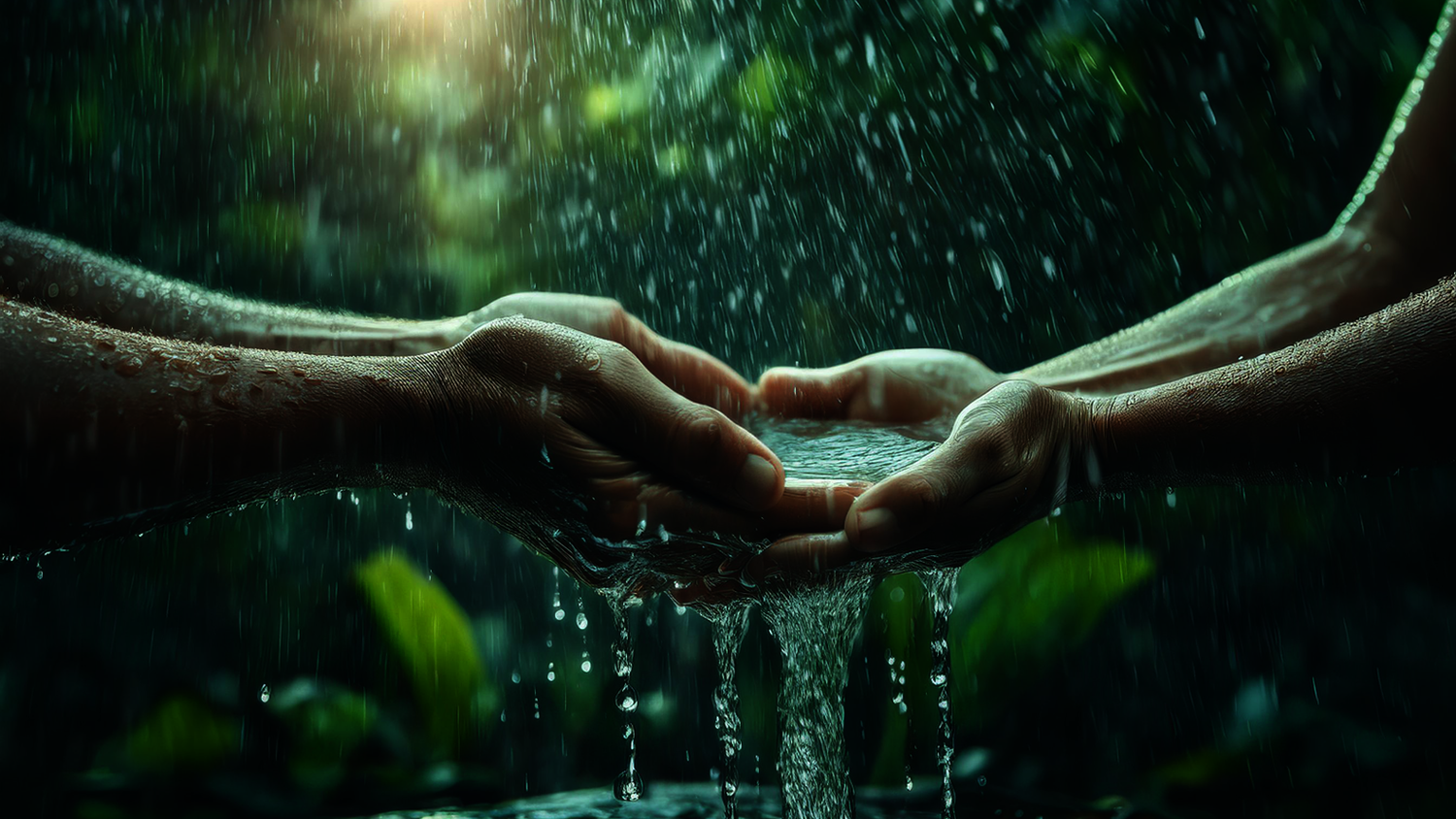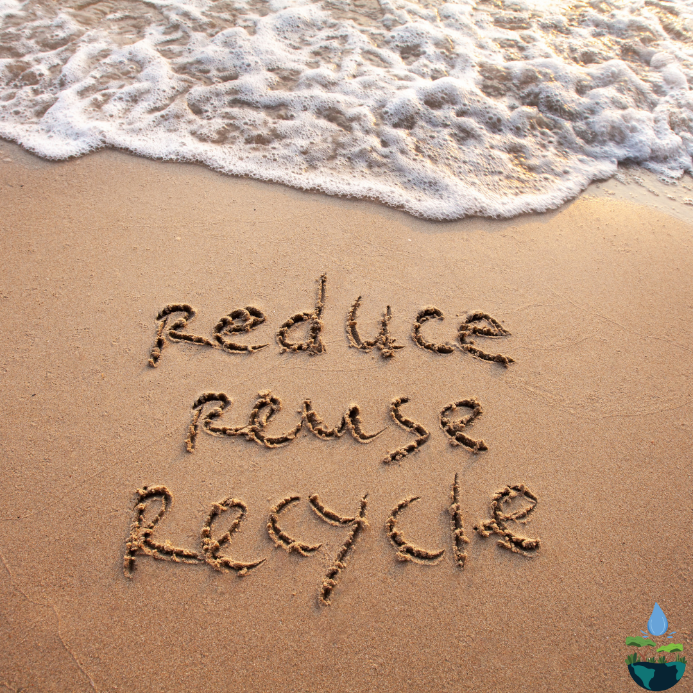Water scarcity is a growing concern worldwide. Did you know that 30% to 60% of domestic drinking water is wasted on gardens and yards due to evaporation, misdirected sprinklers, and overwatering? With the global average water footprint at 3.8 tons per day, adopting effective water conservation solutions can save millions of gallons daily. In this blog, we explore five practical methods of water conservation and how Rainy Filters plays a pivotal role in supporting them.
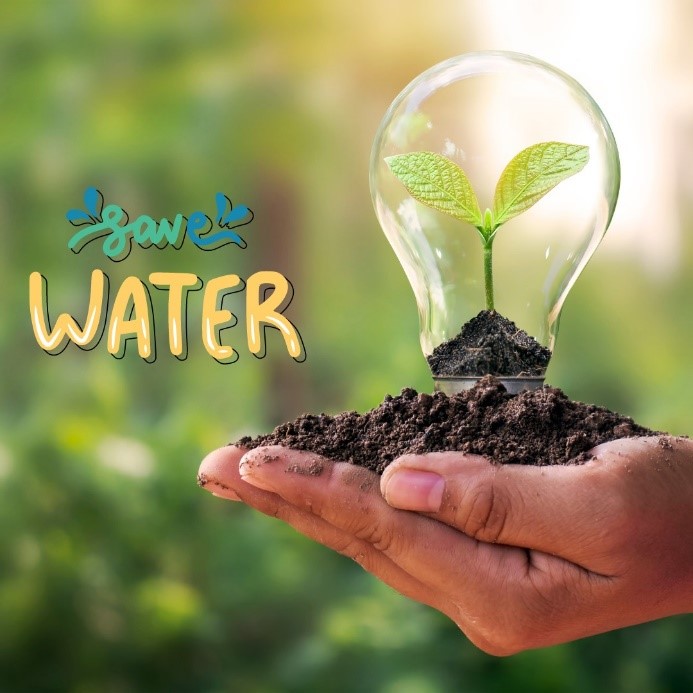
1. Rainwater Harvesting
Rainwater harvesting is the process of collecting and storing rainwater for future use. This includes both direct storage in tanks and artificial recharge of groundwater. By using a Rainwater Harvesting System, you can capture rainwater from rooftops and other catchment areas to supplement municipal water supply.
At Rainy Filters, we offer rain water harvesting filters and rainwater filter systems that make the process easy, affordable, and efficient. Our systems can collect runoff into reservoirs and ponds, providing chemical-free water for drinking, gardening, and other domestic or industrial purposes.
Benefits of using Rainy Filters for rainwater harvesting:
-
High-capacity collection tanks for homes and industries
-
Advanced rainwater filters to remove debris and impurities
-
Easy integration with a Home Water Filtration System
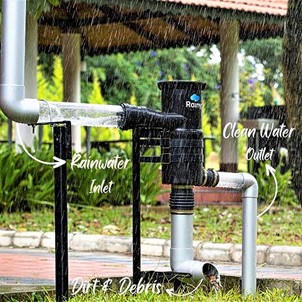
2. Groundwater Recharge
Groundwater recharge involves using harvested rainwater to refill underground aquifers. Structures such as recharge wells, shafts, and percolation tanks allow water to percolate naturally into the ground. Techniques like check dams, nala bunds, ditches, and furrows enhance this process.
How Rainy Filters helps:
-
Our groundwater recharge system uses a silt trap, filtration media (gravels, crushed stone, activated charcoal, and coarse sand), and specially designed storage wells.
-
Collected rainwater passes through multilayer rainwater harvesting filters and reaches the aquifer, replenishing groundwater safely and efficiently.
Benefits:
-
Reduces dependence on over-exploited groundwater
-
Prevents soil erosion and flooding
-
Ensures water availability for dry seasons
3. Upgrading Operational Infrastructure
For both residential and industrial setups, upgrading operational infrastructure is a cost-effective way to conserve water. This includes:
-
High-quality rainwater filter for filtration
-
Energy-efficient valves, pipes, and spray nozzle systems
-
Advanced tanks and water management systems
By implementing these upgrades, water wastage during cleaning, sanitizing, and other processes can be significantly reduced.
4. Fixing Minor and Major Leakages
Leaky taps, dripping pipes, and faulty plumbing can waste thousands of liters of water over time. Scheduling routine maintenance to identify and fix leakages is one of the simplest and most effective water-saving methods.
5. Using Water-Efficient Appliances and Recycling Water
Water-efficient appliances like eco-rated washing machines, low-flow toilets, and industrial-grade machinery help reduce daily water usage.
Reusing and recycling water can further conserve resources:
-
Greywater from sinks and showers can be used for flushing toilets or watering plants.
-
Industries can implement on-site water recycling systems to reuse wastewater.
Rainy Filters solutions:
-
Rainwater harvesting filter for home options for safe greywater reuse
-
Industrial-grade rainwater filter systems for effective recycling
Conclusion
Balancing water usage with sustainable technologies should be a priority in 2025. By adopting Rainwater Harvesting Systems, implementing rainwater filter systems, and using Home Water Filtration System, both households and industries can save water effectively.
Rainy Filters offers innovative solutions, including rainwater harvesting filters, groundwater recharge systems, and advanced water filtration options — all designed to reduce wastage and ensure a sustainable water future.
